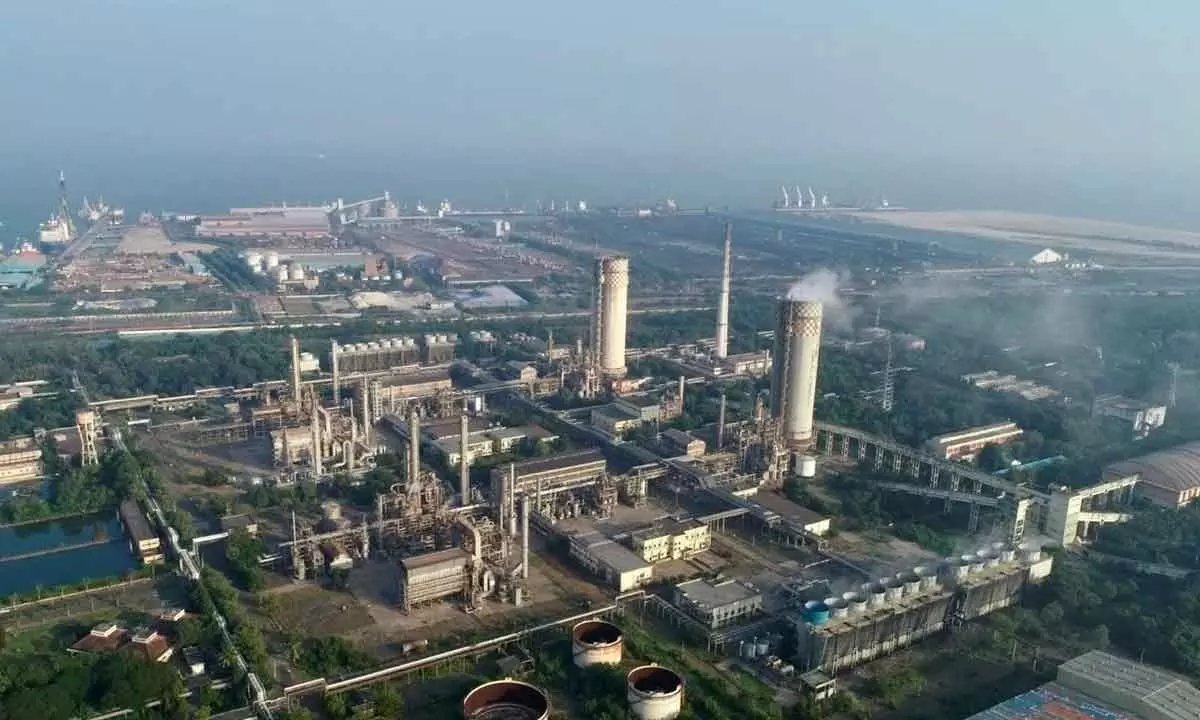Hyderabad: The AM Green Kakinada Cluster has joined the World Economic Forum’s (WEF) “Transitioning Industrial Clusters Initiative.” This initiative aims to improve collaboration between companies and public institutions in the same area, with the goal of boosting economic growth, creating jobs, and reducing carbon emissions.
By being part of this initiative, AM Green Kakinada Cluster wants to emphasize the importance of working together globally to reduce carbon emissions in industries. Their goal is to create a green industrial ecosystem in India that benefits the economy, society, and the environment.
The project involves an initial investment of over $3 billion. This investment is expected to create more than 10,000 direct and indirect jobs, benefiting local communities and supporting industries such as construction, equipment manufacturing, and housing.
Mr. Anil Chalamalasetty, Chairman of AM Green, said, “Global Decarbonisation Solutions at Scale and Speed are needed now to bring the vision of global energy transition to life.” He added that AM Green has been working tirelessly on this challenge for many years.
Mr. Roberto Bocca, Head of the Centre for Energy and Materials at the World Economic Forum, welcomed the AM Green Kakinada Cluster to the global network of 25 industrial clusters. He highlighted that the Kakinada Cluster, located in Andhra Pradesh, has great potential to advance the production of green ammonia and hydrogen. He also mentioned that AM Green Kakinada will now be able to share insights and contribute to the global progress in reducing industrial carbon emissions.
In total, the Kakinada Cluster is expected to drive around $15 billion in upstream ecosystem investments. The projected carbon emissions at the start of operations in 2026 are expected to be 0 metric tons of CO2e.
The cluster will begin with a production capacity of 1 million tons per annum (MTPA) of green ammonia. It will also include a 2-gigawatt electrolyser manufacturing plant and other facilities for producing green molecules, ensuring a strong supply chain for necessary equipment, according to Mr. Chalamalasetty.











